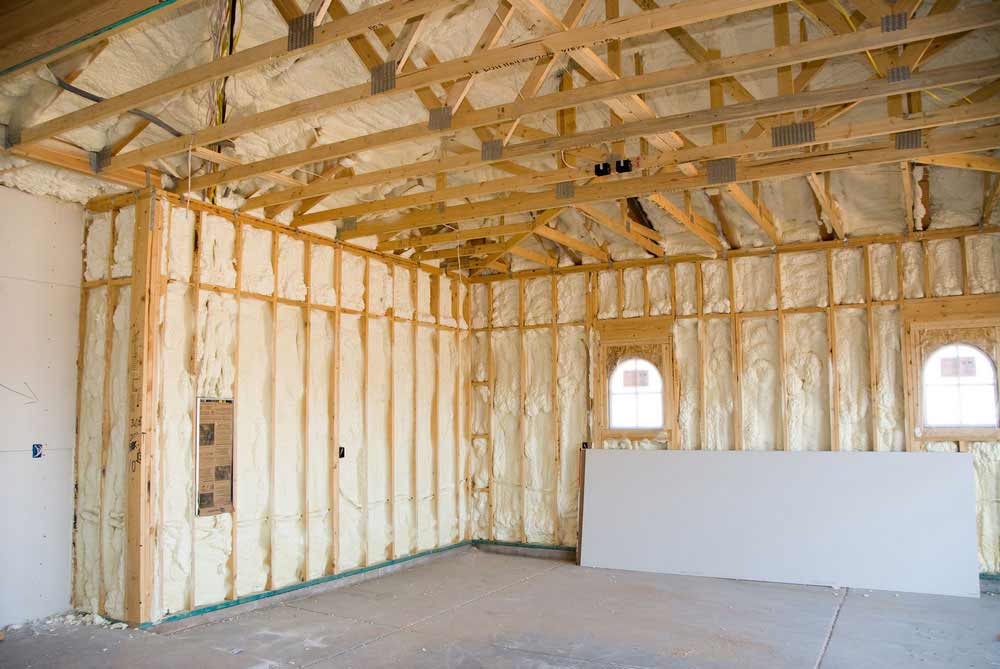
Are you thinking about adding more insulation to your home? If so, then you have come to the right place. It can be quite tricky to know what type of insulation is going to be right for your property and there is a range of different choices to consider here.
One of the key decisions is whether you opt for blown-in or batt insulation. What’s the difference here?
Blown-In Insulation vs. Batts For Attic Installations
You have likely already heard about the benefits of fiberglass insulation. Blown-in and batts refer to two different types of fiberglass insulation that could be relevant to your home. Blown-in or loose-fill insulation and fiberglass batts. Blanket insulation that is made of rolls or batts is one of the more common choices but that doesn’t necessarily mean it’s the right one for your home.
Batt insulation is available and purchased in panels that are pre-cut. Usually, it will be installed in areas where there is a considerable amount of free space.
In other words, you should consider it for spaces where you don’t have to worry about wiring and pipes. It’s smooth and often reminds people of a thermal blanket. It can be installed in walls and is typically favored for new construction projects.
In contrast, blown-in insulation is installed with a blowing machine however depending on the material, the actual installation process can differ slightly.
Both can be installed in various areas of your home and they are typically used in the walls as well as attic insulation.
Is Blown-In Insulation Better Than Batts?
Some people argue that blown-in insulation is better than batts for a few reasons. First, it’s better at providing sound control in your home. So, if you want to make sure that the noise outside isn’t a nightmare or footsteps above you don’t sound like elephants wandering around, then blown-in insulation could be the right choice. It may even be the best type of insulation for the attic.
As well as this blown-in insulation can be more energy efficient. The reason for this is the process of how it is installed. Since it is installed using a blowing machine it spreads out through all of the available space.
Do be aware though that blown-in insulation will not be the best option for every home. As such, you should make sure that you are getting a professional to assess your home. They will be able to tell you exactly what insulation type is suitable, whether you are adding it to the exterior walls or your attic.
We hope this helps you understand which type of insulation could be the right fit for your home. If you need more help here, please do not hesitate to contact us and a friendly member of our team will be happy to assist you.
 No building codes for insulation minimums existed before 1980. With the many changes in the standards for insulation over the years, you still need to check your home’s insulation even if you had the property built after 1980. The standard insulation then may not meet the code today.
No building codes for insulation minimums existed before 1980. With the many changes in the standards for insulation over the years, you still need to check your home’s insulation even if you had the property built after 1980. The standard insulation then may not meet the code today.